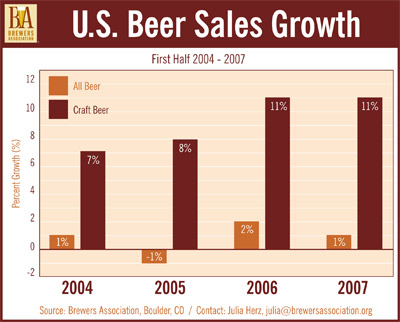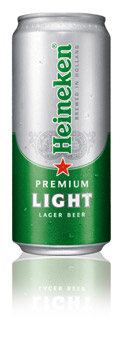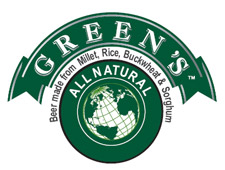Brew Blog, sponsored by Miller Brewing, reports “Anheuser-Busch appears set on creating a brand to fight Miller Chill, according to Beer Business Daily.”
BBD reports that A-B appears to be conducting Internet market research surveys to gauge consumer interest in brands with Latin influences. These bear more than passing resemblances to Miller Chill.
There’s no disputing Chill’s success:
Miller hopes to sell 400,000 barrels of Chill in its first year. That would put Chill on roughly the same sales level as Foster’s Lager, Miller’s biggest import.
In supermarkets, Chill is outselling such established brands as Dos Equis, Michelob Light, Heineken Light, Beck’s, Blue Moon White, Samuel Adams Boston Lager and Rolling Rock, according to data from AC Nielsen. Supermarkets account for around 20% of U.S. beer sales.
Meanwhile, A-B already has Bud and Bud Light Chelada in the marketplace.


 For the first day of summer (today), Heineken officially introduces a slim can for Heineken Premium Light.
For the first day of summer (today), Heineken officially introduces a slim can for Heineken Premium Light. U.S. importer
U.S. importer